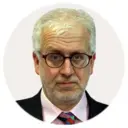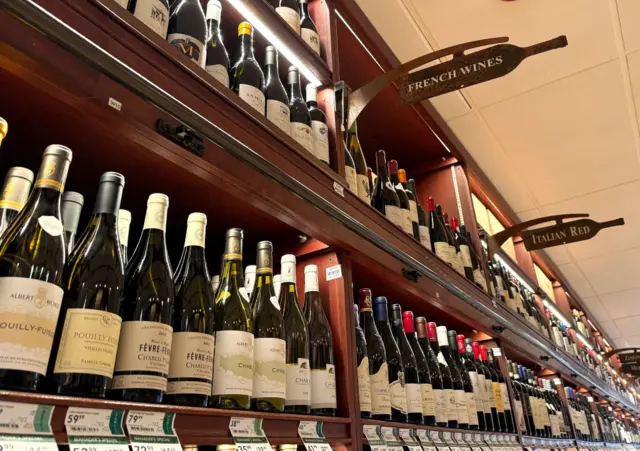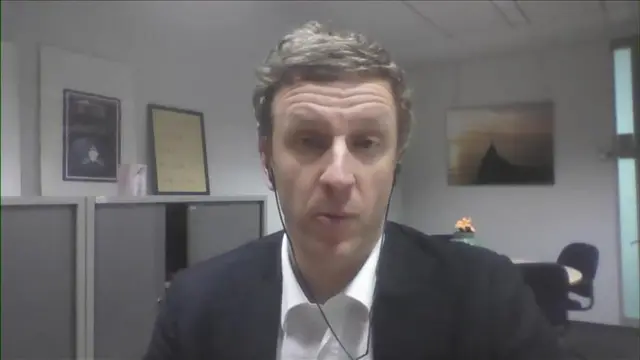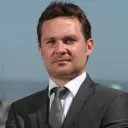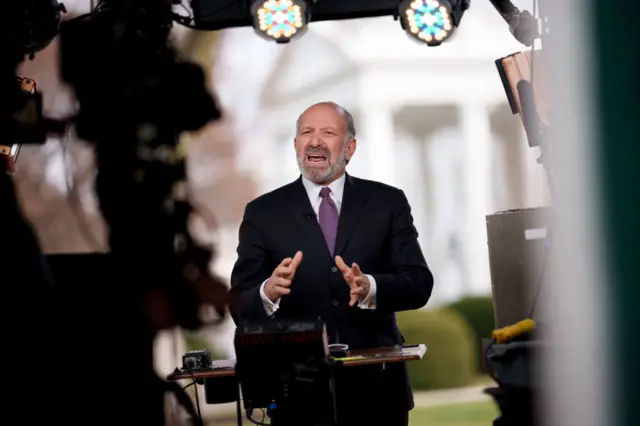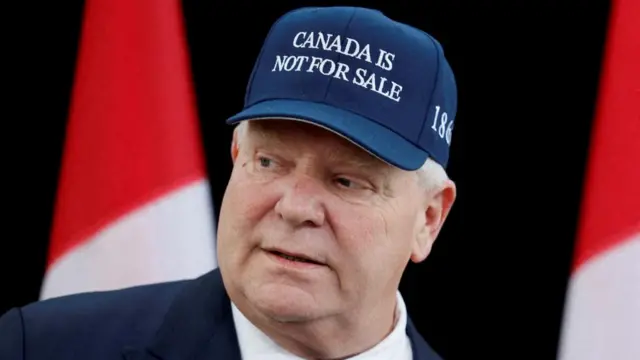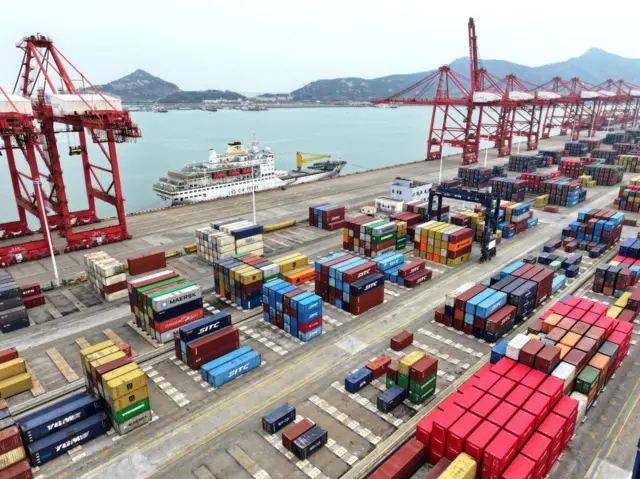Trump's vision for the future of trade harkens back more than 100 yearspublished at 00:32 GMT 14 March
 Jonathan Josephs
Jonathan Josephs
BBC business reporter
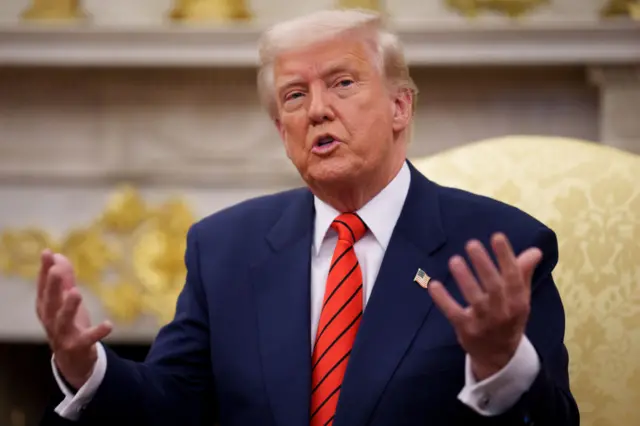 Image source, Getty Images
Image source, Getty Images"We're going to take in hundreds of billions of dollars in tariffs, and we’re going to become so rich, you’re not going to know where to spend all that money."
That was Donald Trump's prediction on Sunday about what new tariffs would mean for the future of the US economy.
We've also heard him repeatedly talk about balancing out relations with other countries that sell the US more than they buy from them.
The president sees that as handing over America's hard-won wealth and status as the world's biggest and most influential economy.
But the idea that tariffs can fund the US government is one that goes back to before the First World War when about half of the US government's income came from tariffs.
A decisive presidential win by Woodrow Wilson over Theodore Roosevelt in 1912 meant those levies were steadily cut, with that revenue eventually replaced by the income tax still collected by the government today.
Now, Trump wants to cut taxes on individuals and on businesses as he expands tariffs.
But a lot has changed in international trade over the last century, and the global economy has grown to its current size largely without major tariffs in place. As that environment shifts, many economists are warning that that global prosperity could now be very much at risk.
- We are ending our live coverage of the tariffs for now. You can stay updated on this story here: Trump threatens 200% tariff on alcohol from EU
